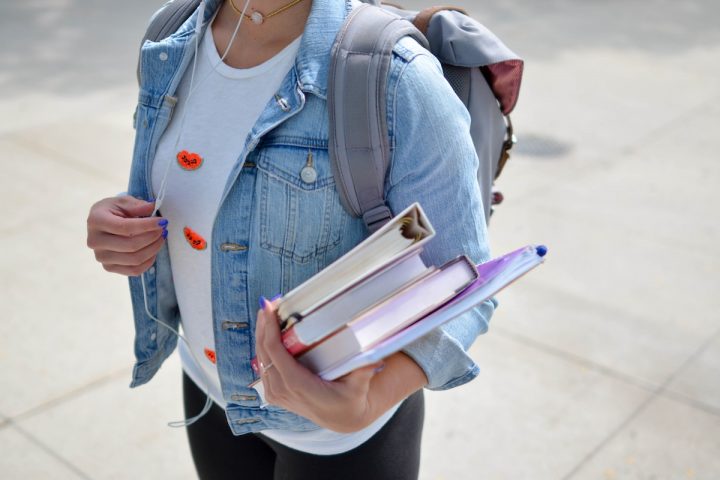Tips for a sustainable back to school

I’ve got into college. What do I do now?
September 15, 2020
How paper can help you make studying more fun and effective
September 23, 2020
There are some really simple ways that you can enjoy a more sustainable back to school experience, reducing your carbon footprint with every green decision you make.
Work out what you actually need
When the term ends, spend a little bit of time looking through your children’s bags to see what can be re-used for the next year. The lists of equipment don’t tend to change from year to year, so you might be surprised at how much you already have.
Talk to friends
Instant messaging services, like WhatsApp, provide great opportunities to talk to friends and swap uniforms and equipment. Many schools offer a second-hand service but they may have been in dusty storerooms for years. Parents may feel more comfortable swapping between themselves.
Try on a uniform a few weeks before going back
Children grow fast, but one of the best tips for a sustainable back to school is to make sure that they actually need a new item before buying it. While you can set up a swap shop with your friends, there are some items that are harder to swap, like shoes or swimwear. It can really pay your pocket and the planet to try these on before you rush out to replace them.
Buy sustainable school supplies
While some schools work on tablets, most school children still work on paper – and they seem to work through reams of the stuff! The type of paper that you buy matters more than you might imagine – and choosing paper that doesn’t come from a sustainable source will have a higher price tag than you might think.
Paper is one of the most sustainable and renewable resources on the planet.
The European paper industry has worked hard to earn their green credentials and their work is having a positive impact on the world around us.
Three-quarters of paper pulp used in European paper mills comes from independently certified forests, which means that they are forested responsibly and sustainably, while over half of Europe’s pulp and paper industry energy consumption comes from renewable biomass. That’s just the positive aspect of the manufacturing process.
Where our paper comes from makes an enormous difference to our lives however, we probably don’t even realize. Forests hold almost 80 billion tonnes of carbon within their biomass. Not only do the trees capture and absorb CO2 from the atmosphere, but both the wood and paper products continue to store that CO2 throughout their lifetimes, making the trees and forests a critical part of keeping our air cleaner.




